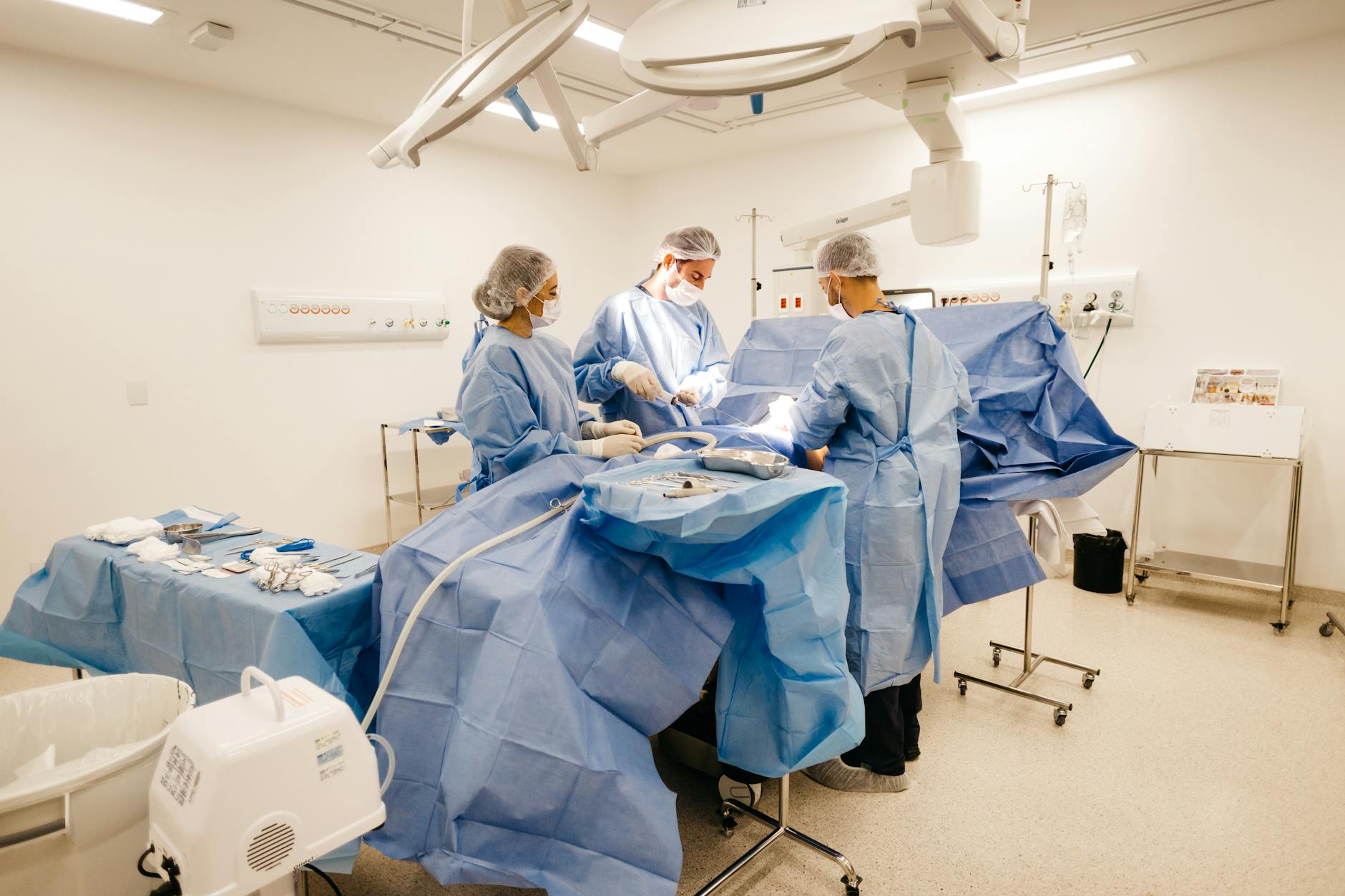
You may have heard people mention butt fillers, but never really knew what they meant
It’s not a word you grew up hearing. No one told you what it really was.
You might have assumed it’s just another passing trend. Something rich people try once.
But here it is, appearing on your screen again. And again.
Maybe you got curious after a friend’s sudden transformation.
Maybe it was a subtle video on your feed. You didn’t even click, but it stayed.
Butt fillers are more common than people think. They’re quieter than surgeries.
You don’t need to enter an operating room. No long recovery.
But the questions stay. What are they? What do they do?
Are they safe? Do they hurt? Will everyone know?
It’s not a one-size-fits-all kind of thing
You walk in with expectations, but leave with a new idea of your own body.
Fillers don’t change who you are. But they nudge. They lift.
The process isn’t magic. It’s methodical. Subtle. Sometimes even boring.
You sit. The area gets marked. You lie still, then feel a dull pressure.
It’s not pain. Just unfamiliar. Like something’s happening under your skin.
Because it is. Hyaluronic acid, usually. Sometimes biostimulants.
Each one acts differently. Some dissolve in months. Others build over time.
The one you get depends on your goals. And your body.
It’s not a one-size-fits-all kind of thing.
It kind of depends on how you define “work”
Some people want a visible curve. Others want roundness. Or symmetry.
But “working” means something different to everyone.
You won’t wake up the next day a new person.
Results come in stages. A week later, the swelling settles.
A month later, the shape becomes clearer.
And six months in, you decide if you want more.
That’s how these treatments go. Nothing final.
Always a maybe, a what if, an option.
That scares some. Others find comfort in it.
There’s something almost strange about how normal it’s become
Clinics don’t look like hospitals anymore.
Receptionists sound more like spa hosts.
The room smells like lavender, not bleach.
You forget this is cosmetic medicine.
Someone enters, gloves on, syringe ready.
And you let them change you, one layer at a time.
Not drastically. Not forever. But noticeably.
Just enough to feel different in your clothes.
Enough to linger in the mirror a few seconds longer.
It doesn’t last forever, but maybe that’s the point
Most fillers last around 12 to 18 months.
Then your body slowly breaks them down.
You might return for a top-up. Or you might not.
Some stop after one session. Others keep going.
That’s part of the appeal. You’re not locked in.
This isn’t a tattoo or implant. It fades with time.
And so does the decision, if you let it.
You’re allowed to change your mind. That feels powerful.
The cost of it isn’t just money
You pay for the filler. And the injector’s time.
But also for the uncertainty. The waiting. The bruises that last a week.
The internal question of whether you’ll still feel like yourself.
You pay for the way some people look at you differently.
Even if they don’t know why. Even if you haven’t told them.
You pay for the confidence. Or the fear. Or both.
You might love it or forget about it altogether
Some say they feel reborn. Others forget they ever did it.
That’s the strange power of subtle changes.
They become your new normal.
You don’t wake up thinking about your butt.
You just put on clothes. Walk into the day.
And maybe someone compliments your silhouette.
And you smile, half knowing, half surprised.
It worked. Whatever that means to you.
It’s not for everyone, but it’s not just for influencers either
There’s a myth that only models or celebrities get this done.
That’s just not true anymore.
Office workers, parents, teachers, athletes.
People who just want their jeans to fit better.
People who lost weight and miss their old shape.
People who never had one to begin with.
And people who just felt like trying it, quietly.
They’re all showing up, filling out forms, and leaving a little more lifted.
Your body might reject it, or it might embrace it like it was always there
Not all fillers sit well under all skins.
Sometimes there’s swelling, lumps, reactions.
That’s why the person injecting you matters.
Their hands, their experience, their instincts.
It’s more art than people think. And more responsibility than people see.
It’s not just about putting something in.
It’s about where, how much, how deep, how slow.
Because your body reacts to everything.
Even beauty. Especially beauty.
This isn’t about chasing perfection, even if it starts out that way
You might go in with a picture in your head.
An ideal you’ve seen. A shape you admire.
But you don’t leave looking like them.
You leave looking like you, but slightly shifted.
That shift might change more than your reflection.
It might shift how you stand, how you speak, how you feel.
And in the end, that’s what stays.
